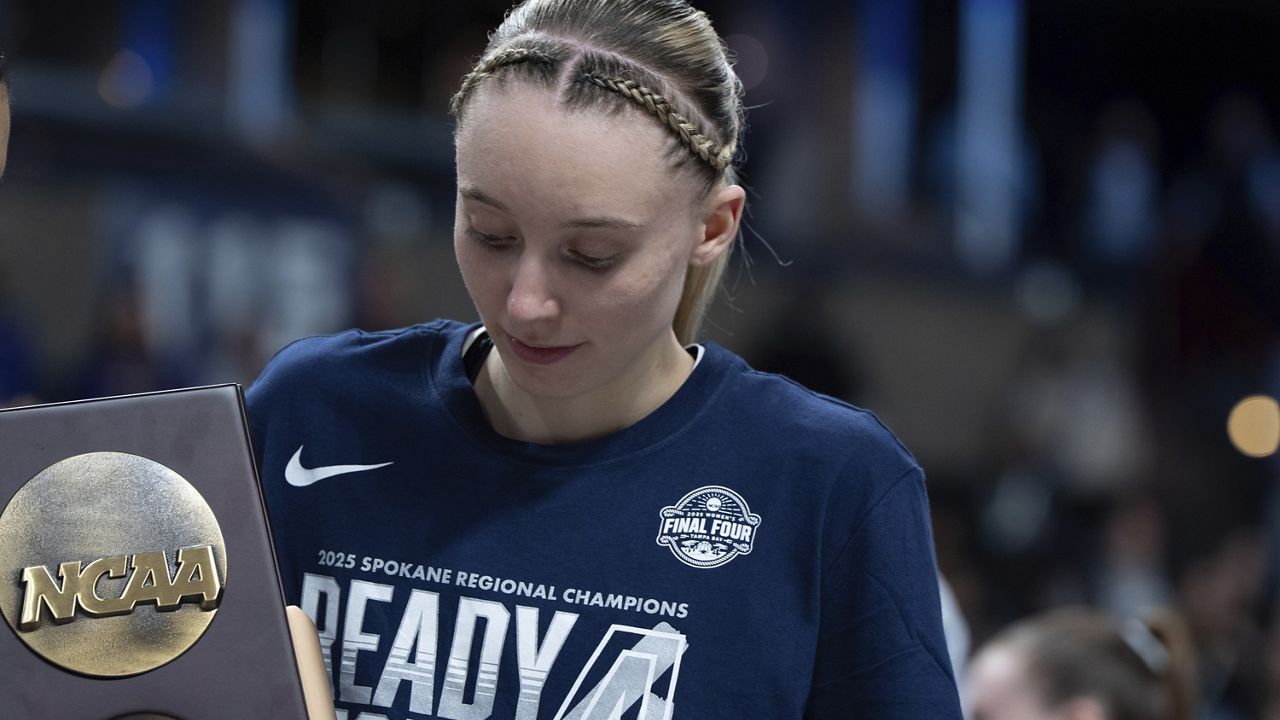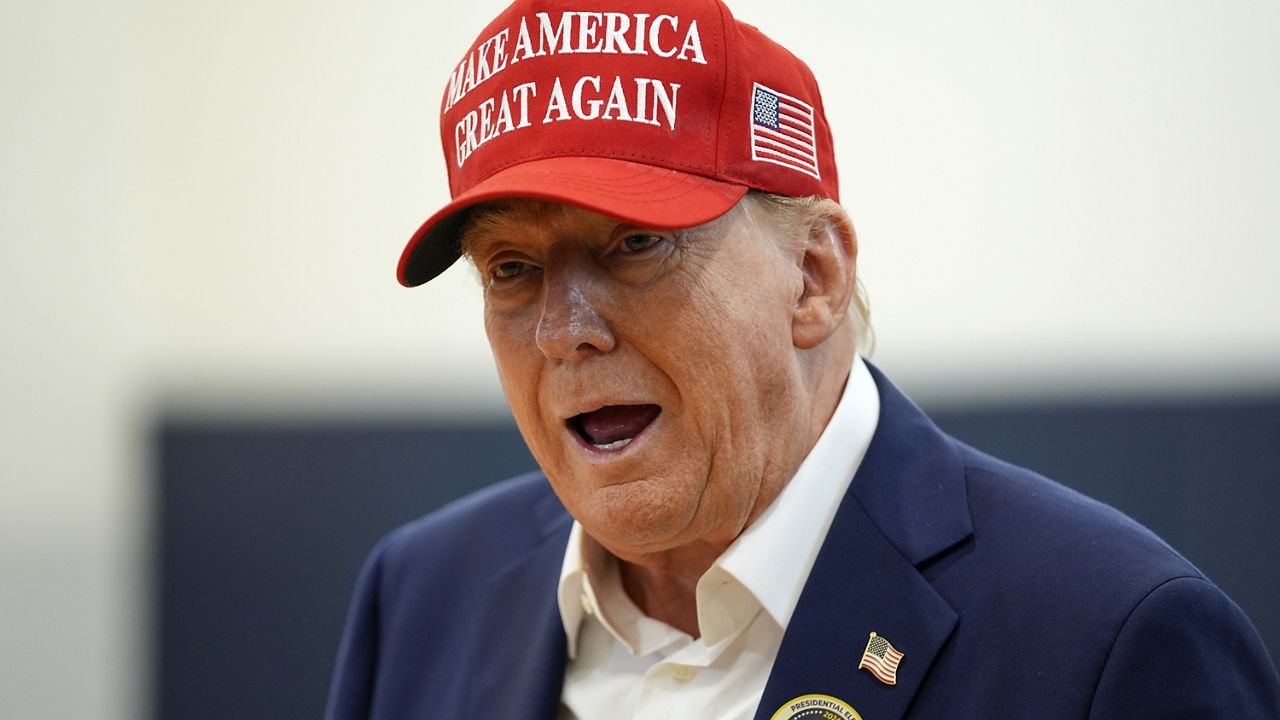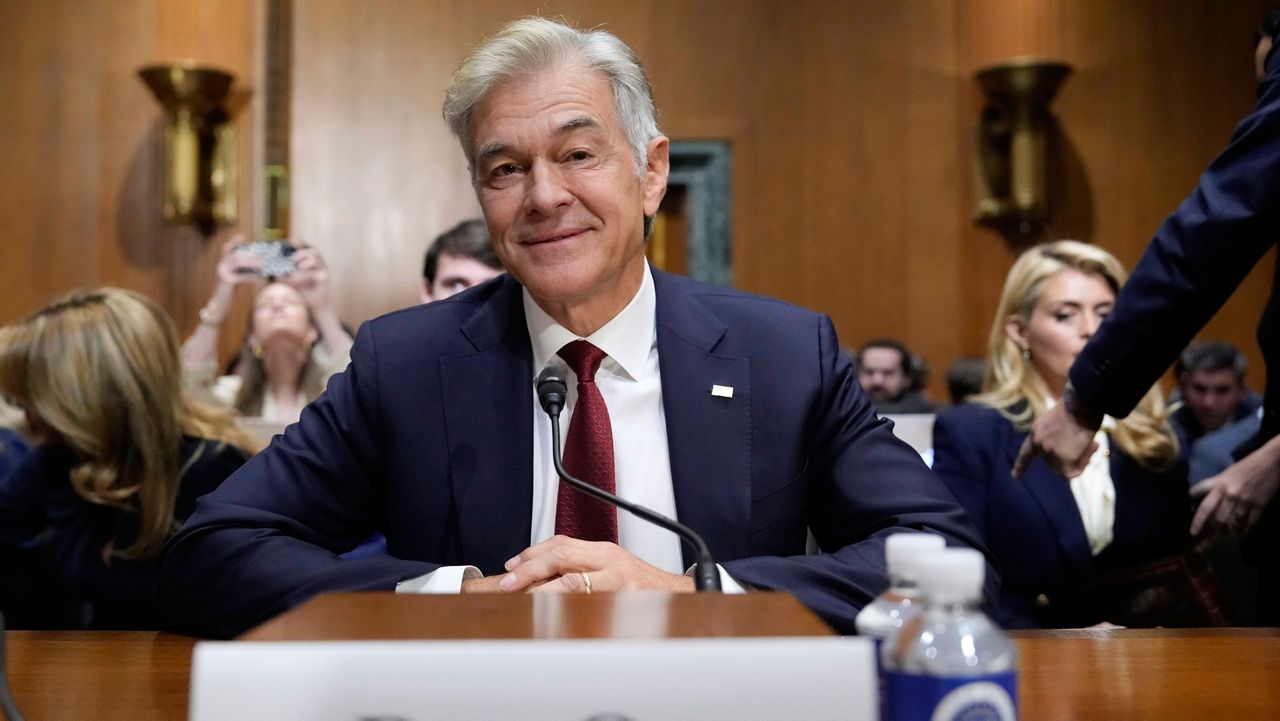SAN DIEGO — Scientists are using cloning to save a wild horse species from extinction.
The world’s second successfully cloned Przewalski’s horse is now living at San Diego Zoo Safari Park. He was named “Ollie” in honor of Dr. Oliver Ryder, a conservation geneticist at San Diego Zoo Wildlife Alliance and one of the scientists who is helping to bring back Przewalski’s horses through cloning.
“It was a complete surprise to me, and I was gobsmacked,” Ryder said. “It’s an incredible honor.”
Ryder said Przewalski’s horses went extinct in the wild in the 1960s. The San Diego Zoo Wildlife Alliance cryopreserved a stallion’s DNA more than 40 years ago in its Frozen Zoo. They successfully cloned “Kurt” in 2020, making him the world’s first successfully cloned Przewalski’s horse. Kurt is now the genetic twin of Ollie since they both came from the same stallion’s living cell line.
“The real payoff will be when these cloned horses pass their genes on and produce offspring that have more genetic variation,” Ryder said. “We can keep their genetic diversity at a sustainable level indefinitely as long as we keep the cells cold in the Frozen Zoo.”
The births of Ollie and Kurt would not have been possible without a partnership with the animal cloning company ViaGen Pets & Equine. Blake Russell said his company clones around 100 horses a year, as well as cats and dogs. He said their success with cloning two Przewalski’s horses shows that their technique may finally be emerging as a way to preserve species at risk of extinction.
“Others are seeing this as a possibility, and we’re being approached now by more and more conservation groups who are saying, ‘How can we use this technology as a part of our restoration effort?’” Russell said.
Related Stories
- 'Street Vet' to launch food pantry on Skid Row for pets of homeless people
- Los Angeles County health officials report 10 cases of mysterious canine illness
- U.S. moves to protect wolverines as climate change melts their mountain refuges, threatens extinction
- Sea turtle nests break records on U.S. beaches, but global warming threatens their survival
As a species’ numbers dwindle, so does its genetic diversity. Generally, the more diverse the gene pool, the better their chances of survival. Russell said that by reintroducing a new genetically valuable line through Kurt and Ollie, they all hope they can help revive the whole species.
“It’s super fun to deliver a cloned puppy or kitten or foal to a client and share their joy and experiences with them, but it’s also really rewarding to know that we’re playing a small role in helping restore some of these habitats back to a healthy and thriving population,” Russell said.
Ollie is now living at the San Diego Zoo Safari Park with his surrogate mother, Sunflower, until he will be introduced to their herd of Przewalski’s horses.
Ryder has dedicated his entire career to finding ways to protect nature and can’t wait to see what comes next.
“How many days, weeks, months did I walk by the Frozen Zoo? Inside that tank were the cells that made him,” Ryder said. “It’s just pinch-me time.”
The plan is for Kurt and Ollie to become breeding stallions when they reach maturity at about 4 years of age. Kurt was also named after a scientist to honor his contributions in the field of conservation cloning.











